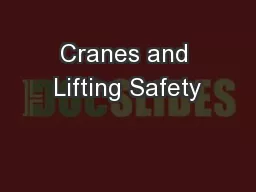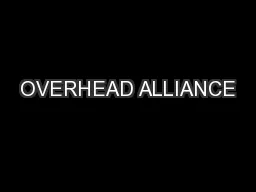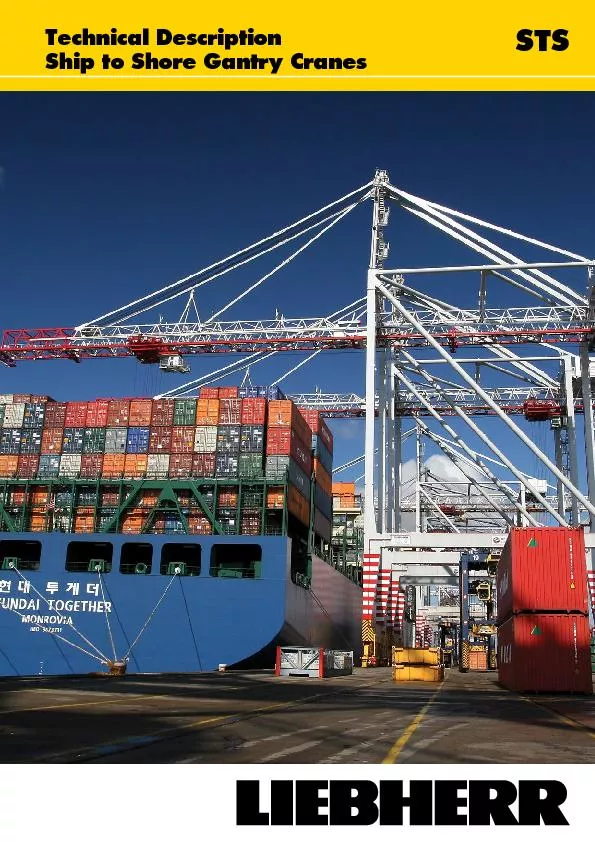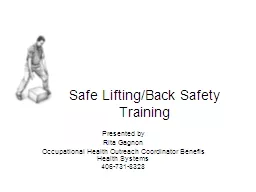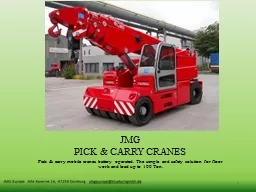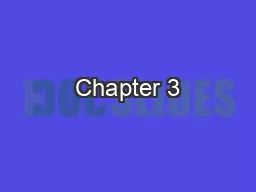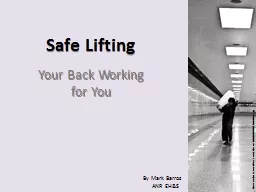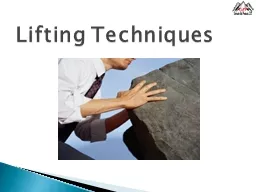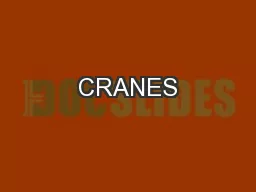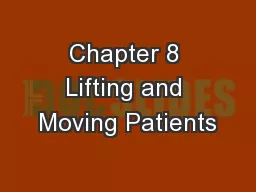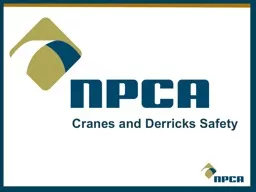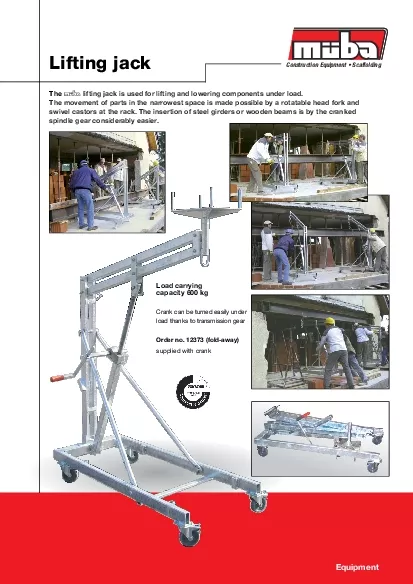PPT-Cranes and Lifting Safety
Author : olivia-moreira | Published Date : 2015-11-16
Four Corners Safety Network Presentation Construction in Oil and Gas Code of Federal Regulations 19261400 Standard New 2010 19261427 Standard Licensing and Qualifications
Presentation Embed Code
Download Presentation
Download Presentation The PPT/PDF document "Cranes and Lifting Safety" is the property of its rightful owner. Permission is granted to download and print the materials on this website for personal, non-commercial use only, and to display it on your personal computer provided you do not modify the materials and that you retain all copyright notices contained in the materials. By downloading content from our website, you accept the terms of this agreement.
Cranes and Lifting Safety: Transcript
Download Rules Of Document
"Cranes and Lifting Safety"The content belongs to its owner. You may download and print it for personal use, without modification, and keep all copyright notices. By downloading, you agree to these terms.
Related Documents

